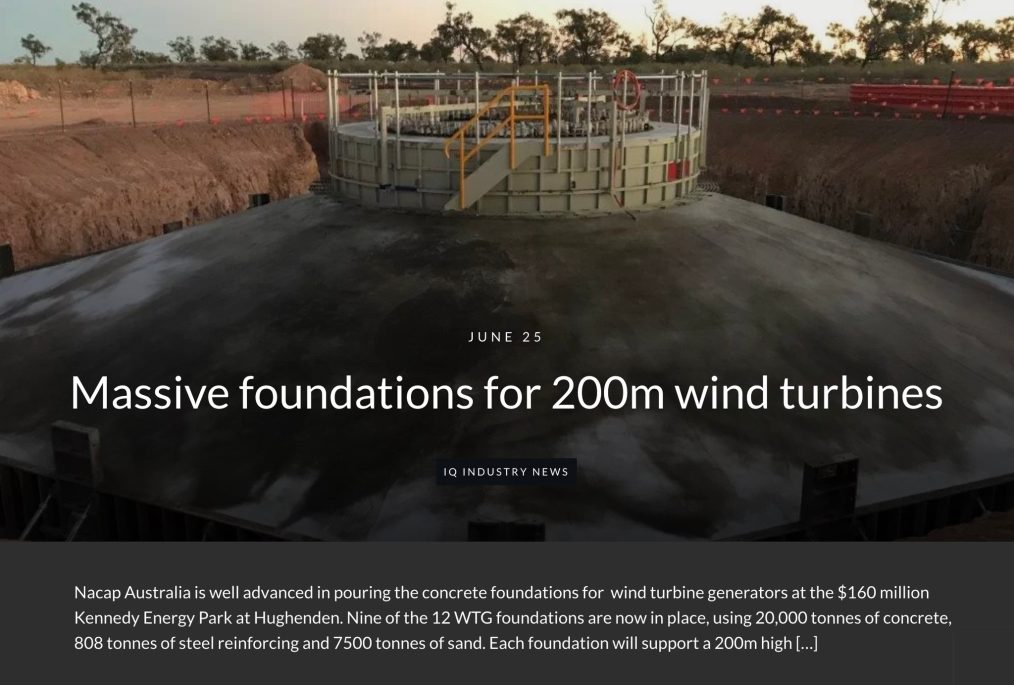As today is the anniversary of the Battle of Long Tân, I thought that I might offer you some comments on DVA’s “on-line” history of the Battle – ie at: https://anzacportal.dva.gov.au/wars-and-missions/vietnam-war-1962-1975/events/combat/battle-long-tan-1966
Cite this page:
DVA (Department of Veterans’ Affairs) (2024), Battle of Long Tan 1966, DVA Anzac Portal, accessed 16 August 2024, https://anzacportal.dva.gov.au/wars-and-missions/vietnam-war-1962-1975/events/combat/battle-long-tan-1966.
I first passed detailed comments on that DVA on-line account on 17 October 2023 – and offered comments again today. While the DVA article on Long Tân is excellent, several passages in that DVA on-line account of the Battle are not wholly accurate regarding the “enemy” – ie in my view, including the following passages:
“On the night of 16 and 17 August, the Nui Dat base came under fire from mortars and recoilless rifles …”.
“Captured documents and information from prisoners suggested that D Company had faced some 2500 Viet Cong.”
“The Viet Cong’s 5th Infantry Division, comprising the 275th Viet Cong Main Force Regiment and 445th Battalion (D445), the local provincial mobile battalion, had been involved in the battle. When the Australians returned the next morning for the gruesome task of ‘battlefield clearance’, they found 245 enemy corpses, each of which had to be searched for intelligence purposes before burial.”
“The North Vietnamese units involved in the battle were awarded medals …”
To date, I have written and published four books that include examinations of aspects of the Battle of Long Tân – ie: The Viet Cong 275th Regiment, 2022 – 220,500 words; The Viet Cong D445 Battalion, Their Story and the Battle of Long Tan, 2011 – 145,000 words and 2016 – 348,200 words); and The Viet Cong D440 Battalion – Their Story, 2011 – 89,000 words). Complimentary copies of these works – and a large number of relevant multi-page “Research Notes” have been passed to Australian agencies including to DVA, the AWM, the AAHU, the NLA, UNSW/ADFA – and to NZ Defence, and interested military historians and veterans.
The principal Vietnamese communist elements at the Battle of Long Tân were: the 275th VC Main Force Regiment (of the 5th VC Division) and the D445 Local Force Battalion. Importantly, the 5th VC Division’s stronger regiment – the 274th Main Force Regiment, was not involved in the Long Tân battle (despite claims in some accounts). Importantly, data on the strength and composition of the 275th VC Regiment at the Battle can be determined from the detailed notebook/diary of the 275th VC Regiment’s quartermaster (QM) “Xuân Thanh/Đào Thanh Xuân” – a document captured in early February 1968 by 2RAR/NZ (ANZAC) during Operation Coburg, but only recently translated and analysed (for detail see my Research Note 23/2018 of 23 March 2018). That notebook’s entries can probably be regarded as far more “factual” than accounts in published post-War Vietnamese histories – such as those of the 5th VC Division (2005), the 275th VC Main Force Regiment (2015), and the D445 Local Force Battalion (1991 and 2004) – and other Vietnamese communist accounts. In particular, the QM’s notebook/diary records his detailed strength-reckoning of the Regiment on 20 August (ie two days after the Long Tân battle). This list totalled “852” – ie 159 less than the strength figure of 1,011 he had recorded on 9 August. On D445 VC Local Force Battalion’s strength, the biannual reports of its commanding officer (Bùi Quang Chánh) and its political officer (Đỗ Văn Liên) – dated July and early August 1966 respectively, show that Battalion’s strength as “403” and “392”. Of course, any KIA or WIA figures for the Long Tân battle would also have to include probably quite small numbers from HQ 5th VC Division elements, the HQ Bà Rịa-Long Khánh-Biên Hòa Province Unit, the Võ Thị Sáu Civil Labour Company, C.12-65 Bình Giã Assault Youth Unit, the small “Surgery Element”, reconnaissance elements (5th VC Division; and C.982), and possibly a Z39 artillery element.
The on-line DVA “Anzac Portal” article states that the VC strength at the Battle of Long Tân was “over 2,000 troops”/”some 2,500 Viet Cong”. From my research, I have assessed the VC troop strength at Long Tân as probably numbering about 1,750 – and some 210 were killed on the battlefield. The basis for my figures includes the detailed notebook/diary of Xuân Thanh – the quartermaster of the 275th VC Regiment, ie mentioned above.
Some on-line Vietnam War articles – eg including a recent video on the FRONTLINE website titled: “Long Tan – Australia’s Vietnam Story”, cite “North Vietnamese” at the Battle. However, the enemy force at Long Tân was almost solely “Viet Cong” – noting that the 3rd Battalion/275th VC Main Force Regiment was originally the D605 NVA Battalion (of the Bắc Sơn Regiment) that had infiltrated into the South in late 1965 (a deployment of about 2,000km/112 days) – and was incorporated into the 275th VC Regiment in April 1966 following the 275th Regiment’s earlier heavy losses in attacks on posts at Vỏ Đắt. and Vỏ Su in Bình Tuy Province. As an aside, the 275th VC Regiment had its origins in the southern Mekong Delta/Cà Mâu Peninsula area of South Vietnam as the “5th Regiment” in 1964, before moving north-east in 1965 to the “Military Region 3/III CTZ” area.
Regarding the DVA on-line article noting that: “On the night of 16 and 17 August, the Nui Dat base came under fire from mortars and recoilless rifles …”, if interested see the account and analysis in my Research Note 6A/2016 of 29 June 2016 ie titled: “Vietnam War: Incoming! – The Shelling of the Nui Dat Base 17 August 1966: 70mm Japanese Howitzer (x 5 rounds), 75mm RCL (x 23 rounds), and 82mm Mortar (x 67 rounds)”.
Best wishes,
Ernie Chamberlain









